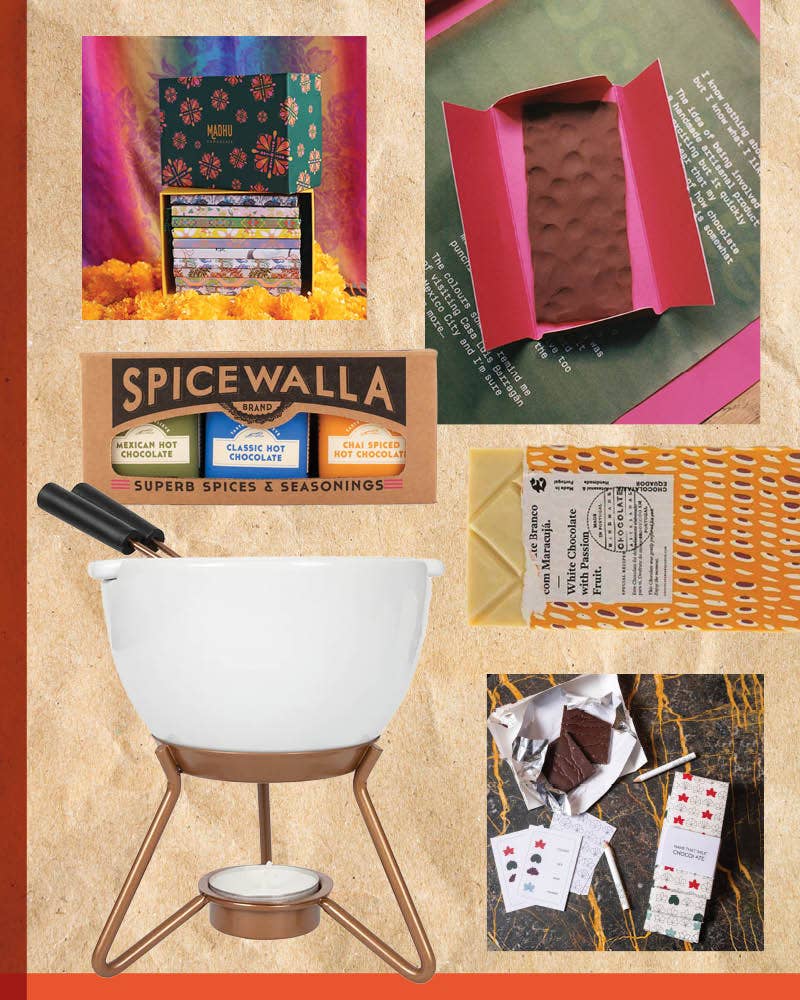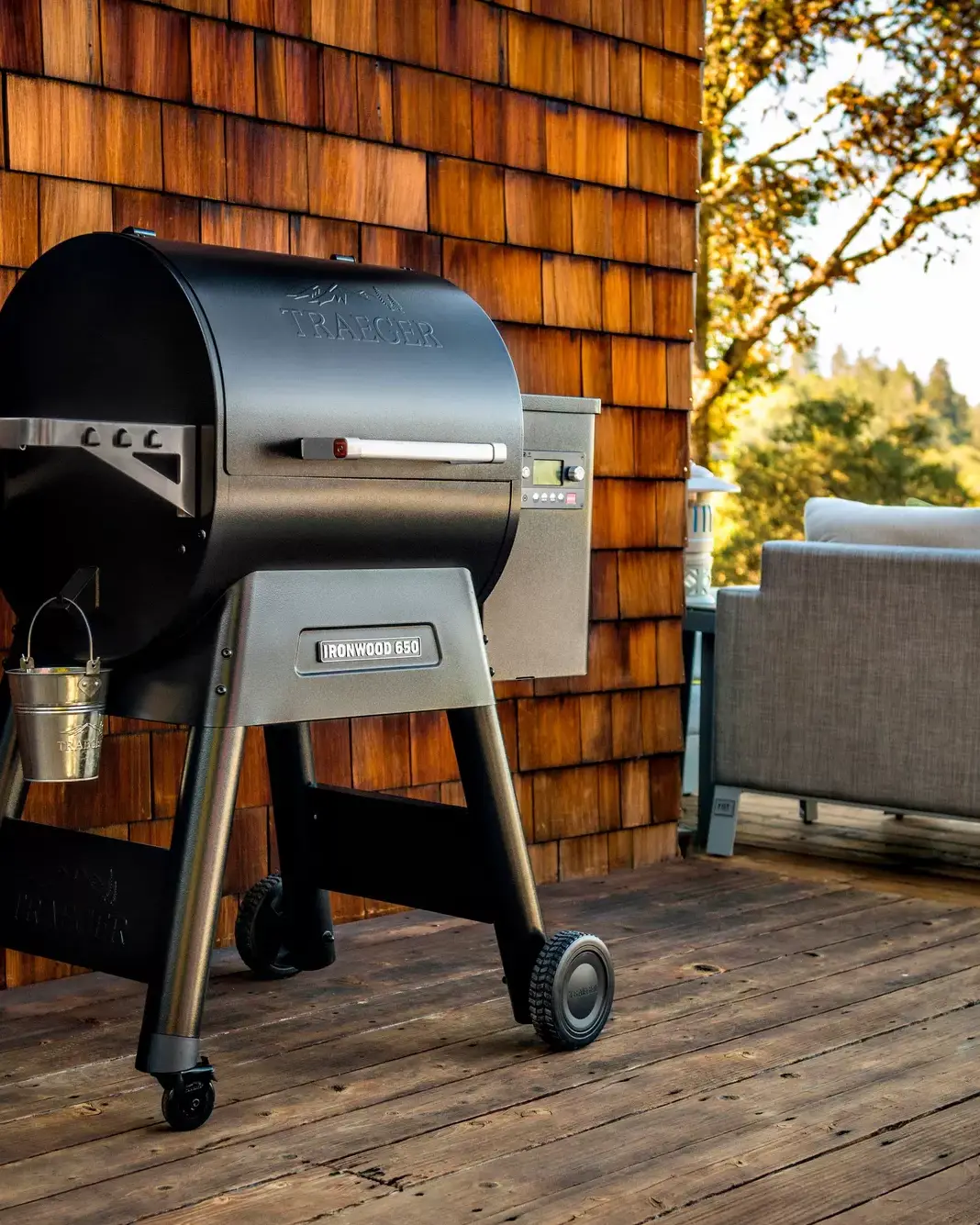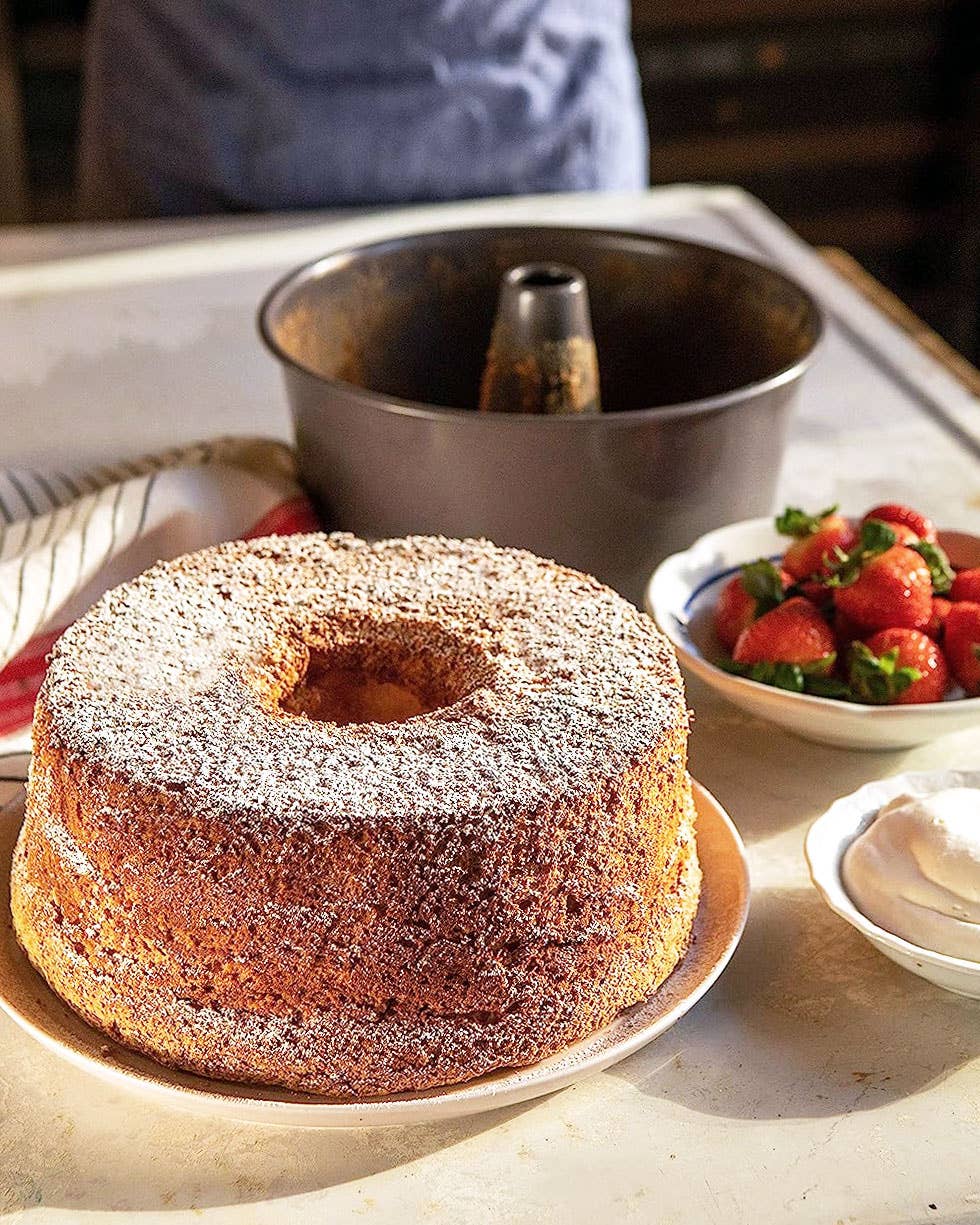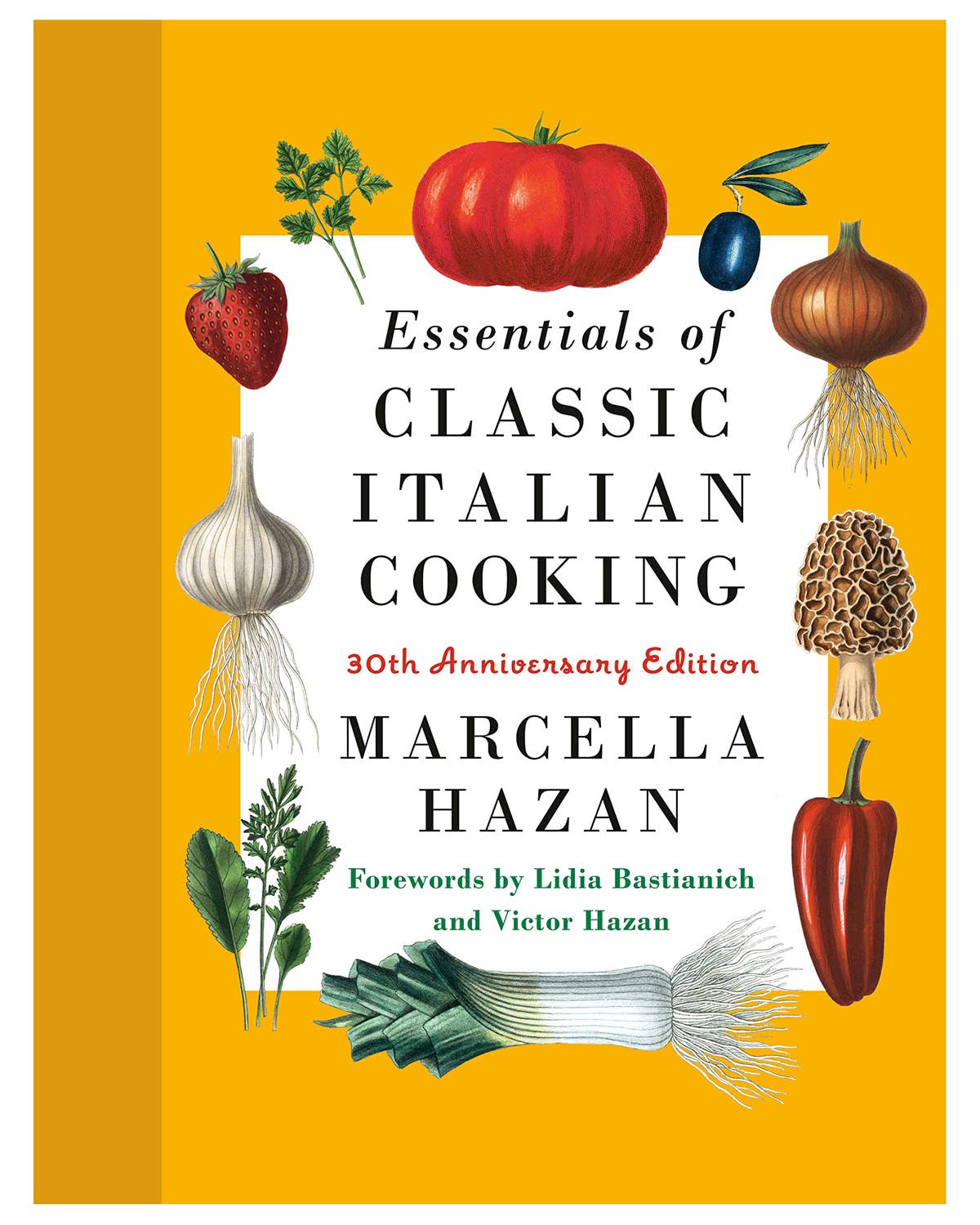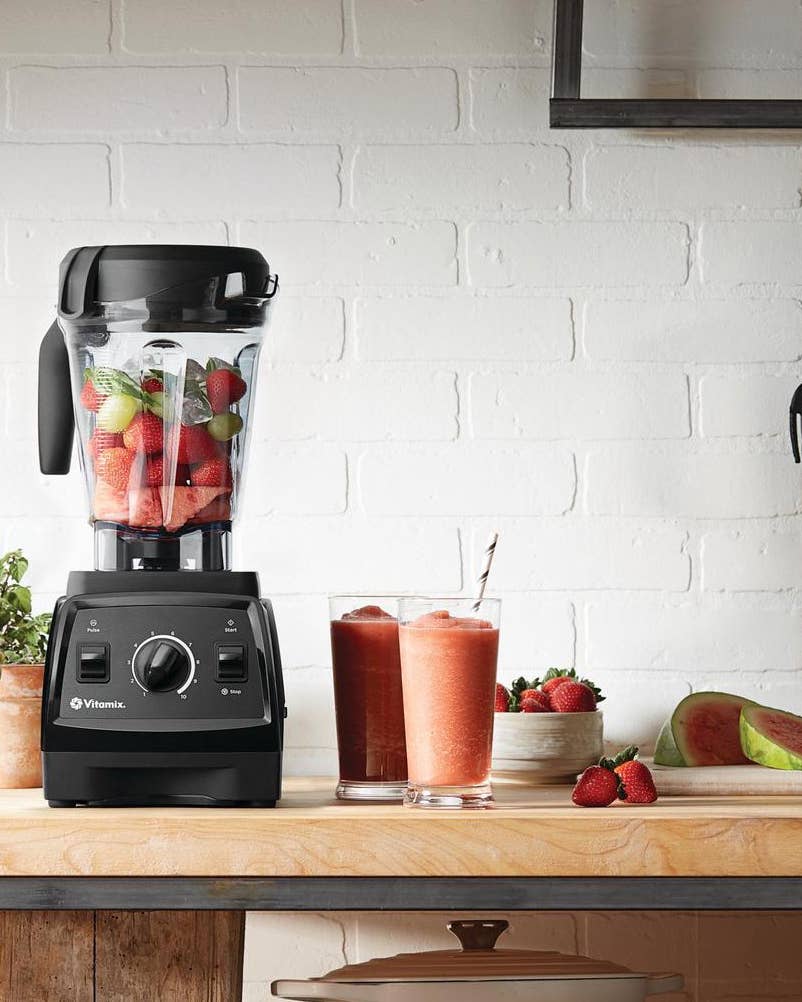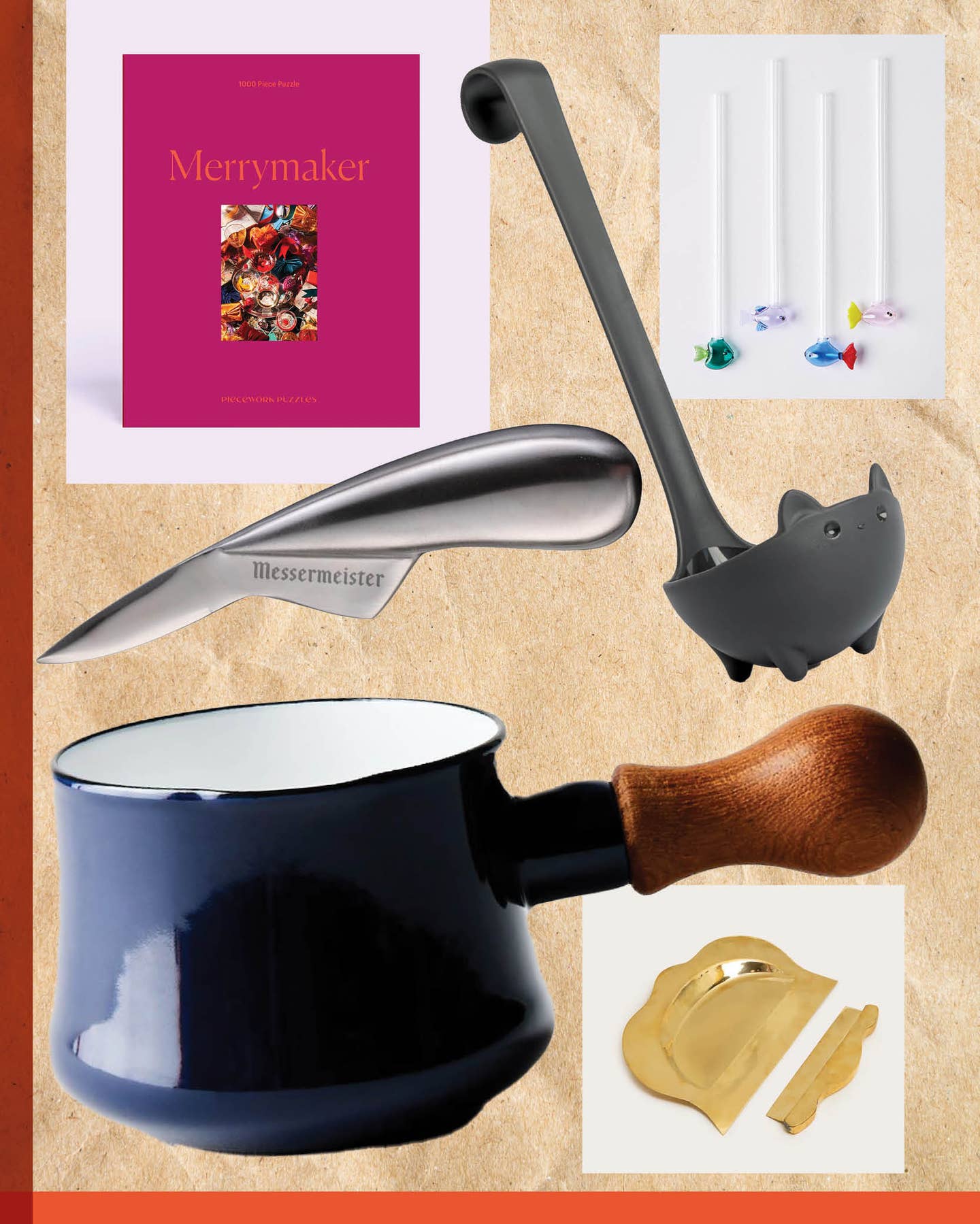I’m a Private Chef, and I Saved 622 Pounds of Food Waste From the Landfill
Here’s how using a food recycler for a year changed my life.
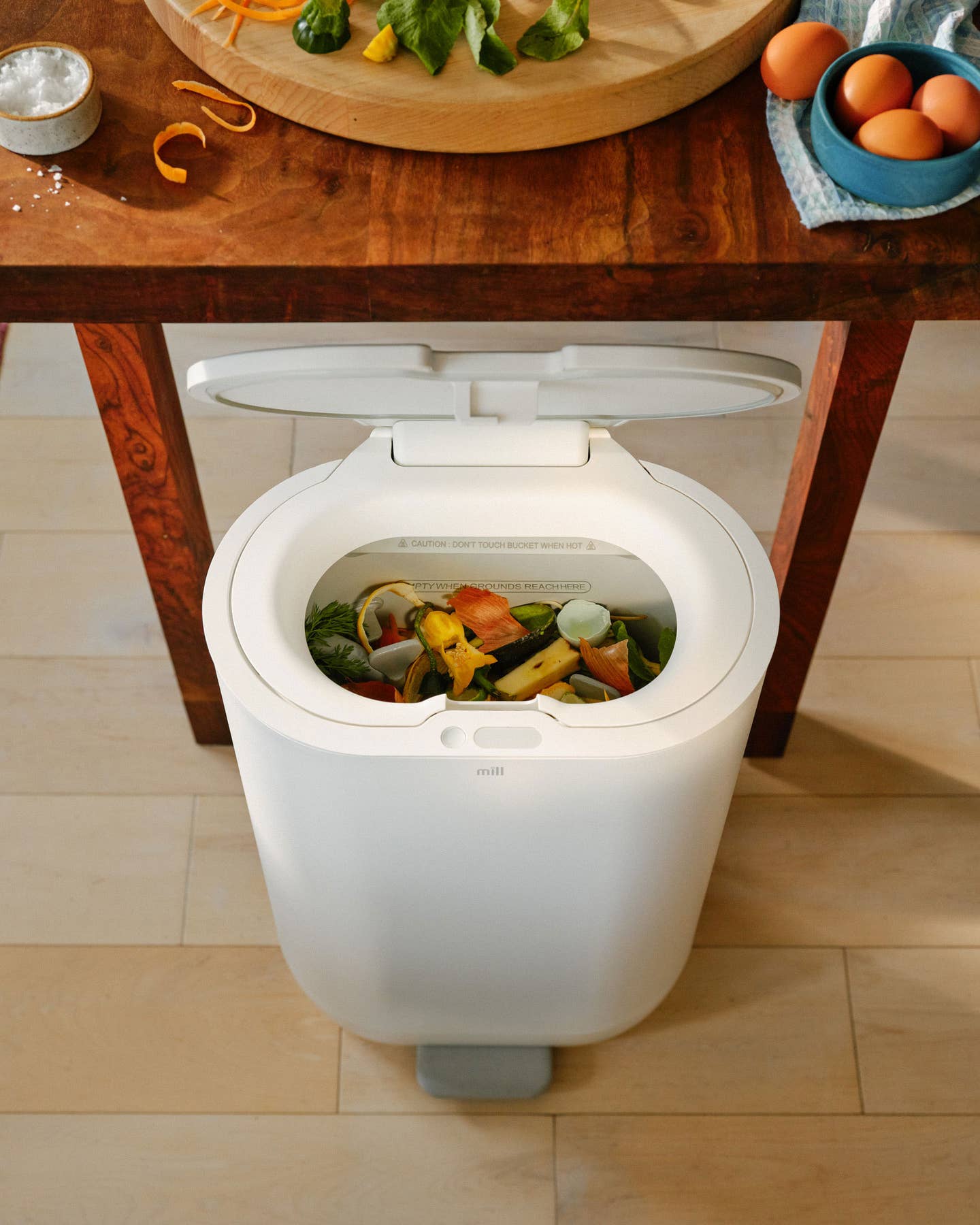
It’s me: the person on the train carrying a bucket of food scraps into Manhattan to compost them at the Union Square farmers market, or hauling a trunk full of carrot tops and lemon peels back from the Hamptons after a day of cooking for clients. As a mother, private chef, and recipe developer, I am very conscious of the amount of food waste produced in kitchens and I am constantly looking for ways to reduce my impact. So, I jumped at the chance to test the Mill, a high-tech food recycler designed for home use. It has since become an essential part of my cooking days, and a kitchen tool that I miss when I'm in client homes.
My biggest concern when testing the bin was that the scraps would smell, but there have been zero complaints (a pleasant surprise since certain members of my household claim they can still smell last week’s dinner). Because it dehydrates the scraps before grinding them, there are no bacteria, and thus, no rotting.
I’m just happy that the bin's large capacity means I can test countless recipes, chuck my pineapple peels, my daughter's unfinished avocado, and meat trimmings in there, without it overflowing. It takes weeks to fill up, and, given my endless stream of food scraps, that's saying something. (No one tells you how many pints of berries will go soft in your fridge when you have a small human in your home.)
The company was co-founded by tech entrepreneur Harry Tanenbaum—formerly of Apple and Google Nest—which is evident in the sleek, minimalist design. This chic and unassuming kitchen bin takes up about the same space as a trash can; but unlike your stinky trash can, it grinds food scraps into what looks like coffee grounds, except odorless.
So what are the results after a year with this food recycling gadget? I have diverted 288 gallons, or 622 pounds, of food scraps from landfills. That’s like filling a small commercial dumpster with every single bread crust, carrot peel, or chicken bone you tossed out all year, or diverting the environmental impact of driving 3,003 miles in a gas-powered car. Now comes the best part: those dehydrated grounds make wonderful compost for enriching the soil in home gardens (or community gardens for city dwellers). If you prefer, Mill will even send prelabeled boxes to ship your grounds back to the company, so it can be used to make chicken feed. (They use ground shipping to minimize carbon emissions.)
The Mill was designed to change people’s behavior, and I have never been more conscientious about the waste in my kitchen, or how I shop at the grocery store for myself and my clients. I try to keep the bin of my Mill as empty as possible, somewhat defeating the purpose, but also doing exactly as the founders intended: changing behavior around food waste, the biggest contributor to landfills.
No one is saying using a Mill will single-handedly stop climate change (though it’s certainly a start), so it’s important to consider using other tricks and tools in your kitchen. When I’m developing recipes for SAVEUR or cooking for my private clients, that might entail exclusively shopping at my farmers market, or finding creative ways to use the whole vegetable or fruit, leaving no scrap behind. I find inspiration in books like hyperlocal chef Abra Berens’ Pulp: A Practical Guide to Cooking with Fruit, or Margaret and Irene Li’s Perfectly Good Food: A Totally Achievable Zero Waste Approach to Home Cooking. I use compostable kitchen towels to wipe down counters, and reusable bags for groceries. All these little bits matter, and when you add them up, they can make an impact and ease the burden we put on our Earth—the only one we get! And now’s the perfect time to start.
Keep Reading
Continue to Next Story



